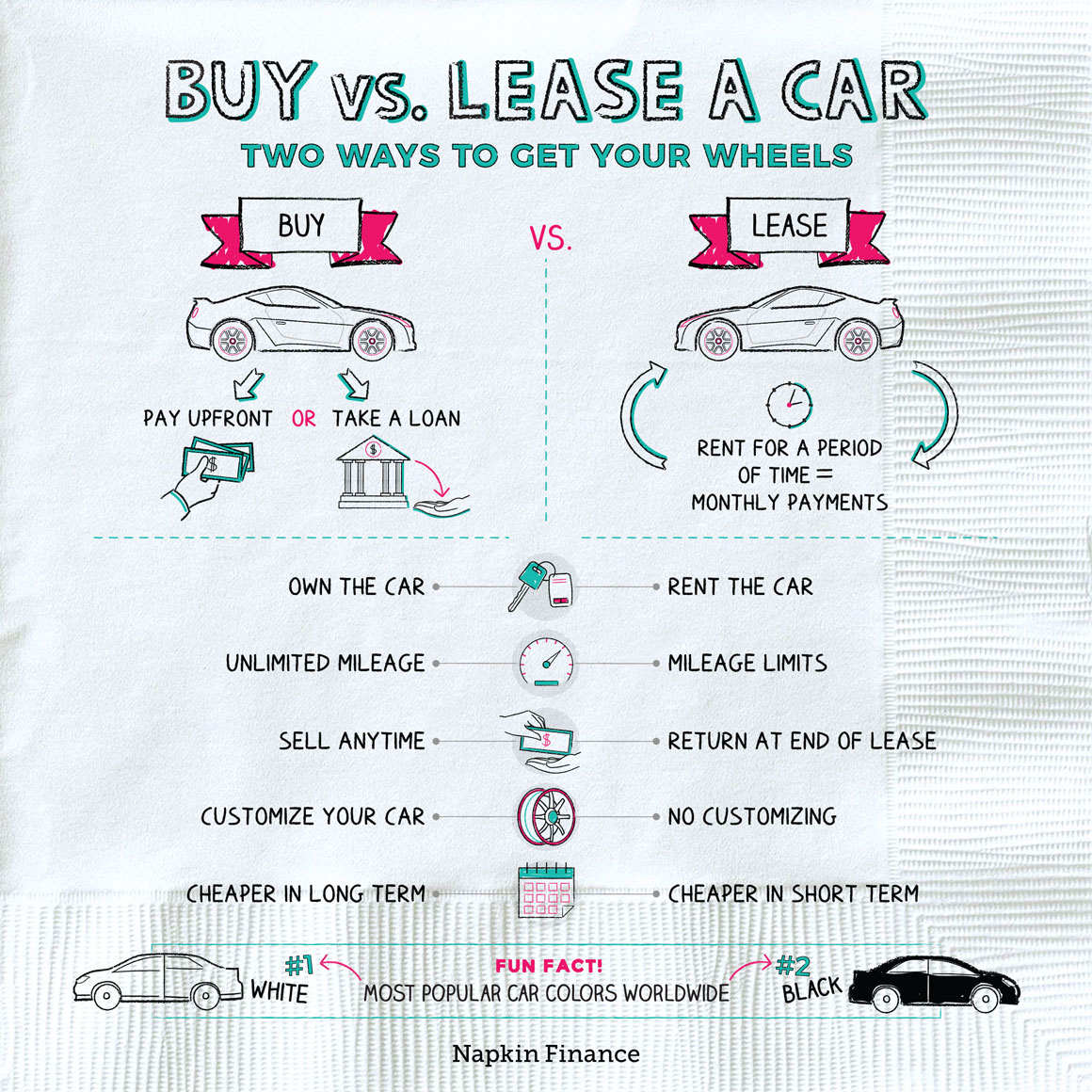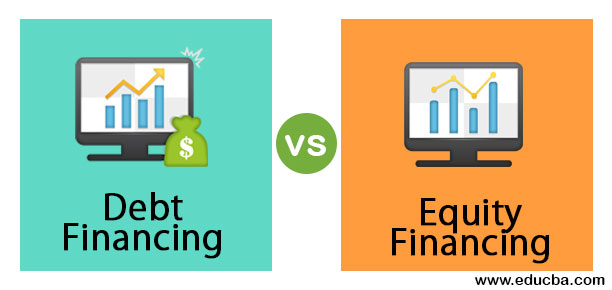57 + $2,159. 59 + $2,056. 76 Present Value = For That Check over here Reason, the worth of Steve's lottery profits today is $8,865. The formula for the discount rate can be obtained by utilizing the following actions: First of all, identify the worth of the future capital under factor to consider. Next, determine the present worth of future cash flows. Next, identify the number of years in between the time of the future capital and the present day. It is denoted by n. Lastly, the formula for discount rate can be obtained by dividing the future capital (step 1) by its present value (action 2) which is then raised to the mutual of the variety of years (step 3) and the minus one as shown below.
As such, the principle of discount rate is very crucial in task valuation and so it is necessary that we select a proper discount rate in order to show up at the maximum appraisal. A few of the discount rates utilized by the majority of business are WACC (weighted average expense of capital), cost of equity, cost of debt, safe rate of return or company-specific obstacle rate. You can utilize the following Discount Rate Formula Calculator Discount Rate = (Future Capital/ Present Value) 1/ n - 1 (0/ 0) 1/ 0 - 1 = 0.
If you're seeing this message, it indicates we're having trouble packing external resources on our website. If you lag a web filter, please make certain that the domains and are unblocked.
The rate of interest that the Federal Reserve charges a bank to borrow funds when a bank is momentarily short of funds. Collateral is essential to obtain, and such loaning is rather minimal due to the fact that the Fed sees it as an advantage to be utilized to fulfill short-term liquidity requirements, and not a gadget to increase earnings. In context of NPV or PV computations, the discount rate is the annual percentage used. In the context of project financing, the discount rate is often the all-in interest rate or the rates of interest plus margin. Farlex Financial Dictionary. 2012 Farlex, Inc. All Rights Reserved1.
A modification in this rate is considered as a strong indication of Fed policy with respect to future modifications in the cash supply and market interest rates. Generally, a rise in the discount rate signals increasing rate of interest in the money and capital markets. 2. The rate at which a financial investment's earnings and expenses are marked down in order to determine its present value. Wall Street Words: An A to Z Guide to Financial Investment Terms for Today's Financier by David L. Scott. Copyright 2003 by Houghton Mifflin Company. Published by Houghton Mifflin Company. All rights booked. All rights booked. The discount rate is the interest rate the Federal Reserve charges on loans it http://augustievk773.bearsfanteamshop.com/the-ultimate-guide-to-how-to-finance-a-pool-with-no-equity makes to banks and other banks.

The Definitive Guide for How Long Can You Finance A New Car
That's due to the fact that a bank generally uses the discount rate as a benchmark for the interest it charges on the loans it makes. For example, when the discount rate boosts, the interest rate that lending institutions charge on house mortgages and other loans increases. And when the discount rate is decreased, the cost of consumer borrowing eventually decreases also. The term discount rate also applies to discounted instruments like US Treasury bills. In this case, the rate is utilized to determine the interest you will make if you buy at issue, hold the expense to maturity, and receive More helpful hints face value at maturity.
the RATE OF INTEREST at which future cash inflows and money outflows connected with an FINANCIAL INVESTMENT job are discounted in order to allow for the timing of these cash flows. The discount rate utilized by companies in examining the desirability of financial investments is often based upon the typical EXPENSE OF CAPITAL to the company. See DISCOUNTED CAPITAL. Collins Dictionary of Service, 3rd ed. 2002, 2005 C Pass, B Lowes, A Pendleton, L Chadwick, D O'Reilly and M Afferson the RATE OF INTEREST at which the streams of money inflows and outflows connected with an FINANCIAL INVESTMENT task are to be discounted. For private-sector tasks, the discount rate is frequently based upon the weighted-average COST OF CAPITAL to the firm, with the interest expense of each form of finance (long-lasting loans, overdrafts, equity etc.) being weighted by the percentage that each kind of finance contributes to total business financial resources.
It can be argued that, while people have a limited life-span therefore will not look too many years ahead for rois, society continues indefinitely as some people pass away and are replaced by others being born, so society will tend to look further ahead for returns. What happened to household finance corporation. This disparity in between private time choice and social time preference means that society will tend to mark down the future less heavily than the individual and would favour a lower discount rate. On the other hand, opportunity-cost considerations may make it hard for society to apply a lower, less stringent, discount rate to public sector jobs than is applied in the personal sector.
The social opportunity-cost discount rate might well for that reason require to be similar to the personal sector rate. Finally, the federal government loaning rate is a safe rate of interest considering that it entails little threat of default in repaying the loan, while personal sector rates require a danger premium, so that the government loaning rate may be too low in opportunity-cost terms. In most public financial investment appraisals the discount rate applied has tended to follow current prevailing private-sector rate of interest. See INVESTMENT APPRAISAL, DISCOUNTED MONEY FLOW, PAYBACK PERIOD, COST-BENEFIT ANALYSIS, TIME CHOICE. Collins Dictionary of Economics, fourth ed. C. Pass, B. Lowes, L.
Increases or decreases in the discount rate often signal comparable boosts or reduces in bank loan rates to customers, even though the two are not straight tied to each other. The Complete Realty Encyclopedia by Denise L. Evans, JD & O. William Evans, JD. Copyright 2007 by The Mc, Graw-Hill Companies, Inc.
The Facts About Which Method Of Calculating Finance Charge Results In The Lowest Finance Charge? Uncovered
In financing, the discount rate has different significances, some important ones pointed out below: Discount rate describes the interest rate charged by the central bank from the depository institutions which obtain reserves form it, for instance, for making use of discount rate window of the Federal Reserve. Discount rate can be discussed as the rates of interest where the term "discount" does not link to its typical significance. It is rather an implication of the calculations of present value, like NPV or DCF. The discount rate, sometimes likewise referred as the yearly reliable discount rate, can be defined as the yearly interest divided by the capital plus that interest.

Additionally, it corresponds to making use of worth after a year in the type of a small worth less a discount. Likewise, it is utilized for treasury costs and similar monetary instruments. Based on Investopedia, the discount rate is determined through the typical rates which are voluntarily charged by the banks from each other for overnight funds. The rates of interest used in affordable capital analysis for figuring out the present value of future capital. Besides, the discount rate likewise thinks about the time worth of money along with the uncertainty or risk of the anticipated capital in a manner as described listed below: 1.